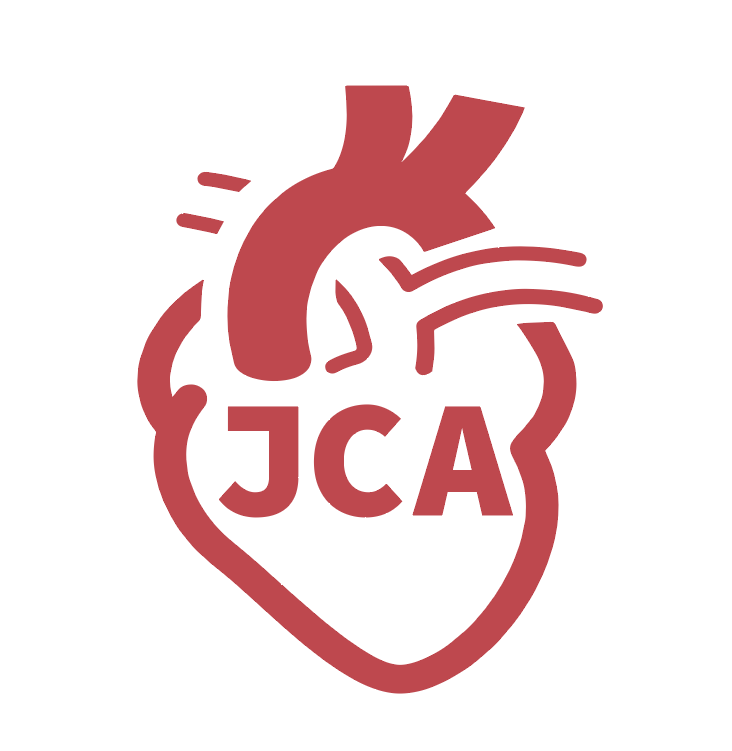fig1

Figure 1. Base editing for HCM caused by the MYH7R403Q pathogenic variant. The sequences of wild-type and R403Q MYH7 near the pathogenic variant are shown, along with a schematic of the adenine base editing system. The base editor is targeted to the R403Q allele by a specific guide RNA (green line). Three types of edits are possible: 1. on-target reversion of the pathogenic "A" (red) to "G" (green), converting the HCM allele into a normal allele; 2. Bystander editing, where another adenine near the targeted residue, most often within an "editing window" (light blue) is converted to G (purple), introducing additional missense changes into the encoded protein; and 3. Off-target editing. This occurs when the guide RNA targets the base editor to other regions in the genome. The relative frequency of on-target vs bystander and off-target editing is a major determinant of benefit vs. risk of base editing. Successful editing ameliorated pathological HCM phenotypes in human iPSC-CM and mouse models of HCM caused by MYH7R403Q.








